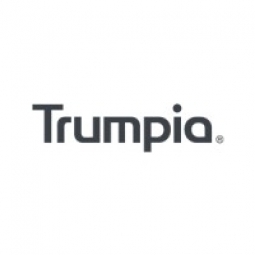Customer Company Size
Mid-size Company
Region
- America
Country
- United States
Product
- Trumpia’s multichannel marketing solution
Tech Stack
- Mobile Keyword Campaigns
Implementation Scale
- Enterprise-wide Deployment
Impact Metrics
- Customer Satisfaction
- Brand Awareness
Technology Category
- Application Infrastructure & Middleware - Data Exchange & Integration
Applicable Industries
- Food & Beverage
Applicable Functions
- Sales & Marketing
Services
- Data Science Services
About The Customer
The Napa Valley Wine Train is one of the most unique dining experiences in the world, providing a relaxing three-hour, thirty-six mile round-trip train journey from the historic town of Napa, through one of the world’s most well-known wine valleys to the quaint village of St. Helena, and back. During the journey, guests enjoy scenic views of Napa Valley towns, vineyards, and wineries, while seasoned chefs prepare gourmet meals for them on-board the train. The Wine Train has been attracting guests far and wide since 1989 and has built a reputation as a distinguished dining destination.
The Challenge
The Napa Valley Wine Train, a unique dining experience that offers a three-hour journey through the Napa Valley, was looking for an efficient way to capture customer contact information and communicate with its vast customer base. The family-owned and operated business wanted to significantly grow its customer contact database and educate prospective customers about its services. Before using Trumpia, the Wine Train's method of collecting customers' mobile numbers was limited to manual concierge services. They did not have direct communication tools to engage their customers via mobile, and mostly relied on traditional print marketing, email, and social media to gain exposure. They needed a way to accomplish these goals and keep all contacts and messages organized in a single database and dashboard.
The Solution
Napa Valley Wine Train used Trumpia’s multichannel marketing solution to run interactive mobile keyword raffle campaigns and send targeted promotional messages. They initiated several mobile keyword campaigns to quickly build its mobile user database. For one of its keyword raffle campaigns, Wine Train set up the mobile keyword “WINE” and advertised it on their website’s homepage and in magazines like SF Examiner, LA Magazine, and OC Weekly. They included an enticing offer for a chance to win 2 complimentary tickets for the “Gourmet Express” Wine Train experience, valued at $114 per ticket. To capitalize on contact collecting efforts, Wine Train set up a secondary mobile keyword raffle campaign exclusively for guests on-board the train. They created the mobile keyword “CHARD” and invited guests to text in the keyword during an initial “welcome” presentation. When diners text in the keyword, they enter for a chance to win a wine tasting for two at the onboard tasting bar.
Operational Impact
Quantitative Benefit

Case Study missing?
Start adding your own!
Register with your work email and create a new case study profile for your business.
Related Case Studies.

Case Study
The Kellogg Company
Kellogg keeps a close eye on its trade spend, analyzing large volumes of data and running complex simulations to predict which promotional activities will be the most effective. Kellogg needed to decrease the trade spend but its traditional relational database on premises could not keep up with the pace of demand.
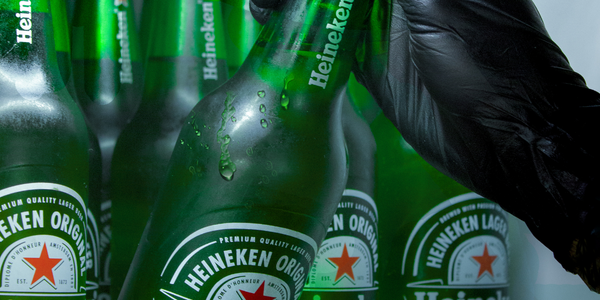
Case Study
HEINEKEN Uses the Cloud to Reach 10.5 Million Consumers
For 2012 campaign, the Bond promotion, it planned to launch the campaign at the same time everywhere on the planet. That created unprecedented challenges for HEINEKEN—nowhere more so than in its technology operation. The primary digital content for the campaign was a 100-megabyte movie that had to play flawlessly for millions of viewers worldwide. After all, Bond never fails. No one was going to tolerate a technology failure that might bruise his brand.Previously, HEINEKEN had supported digital media at its outsourced datacenter. But that datacenter lacked the computing resources HEINEKEN needed, and building them—especially to support peak traffic that would total millions of simultaneous hits—would have been both time-consuming and expensive. Nor would it have provided the geographic reach that HEINEKEN needed to minimize latency worldwide.
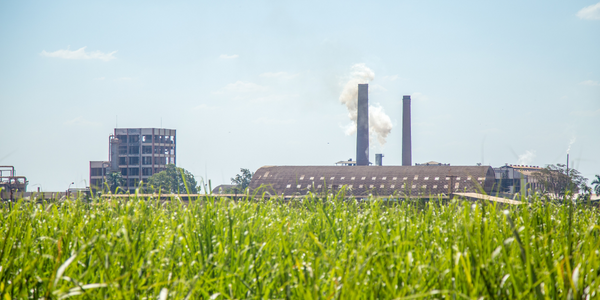
Case Study
Energy Management System at Sugar Industry
The company wanted to use the information from the system to claim under the renewable energy certificate scheme. The benefit to the company under the renewable energy certificates is Rs 75 million a year. To enable the above, an end-to-end solution for load monitoring, consumption monitoring, online data monitoring, automatic meter data acquisition which can be exported to SAP and other applications is required.
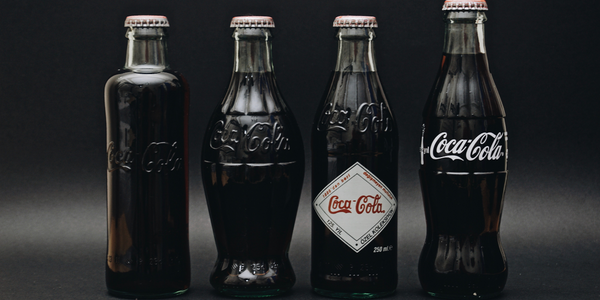
Case Study
Coca Cola Swaziland Conco Case Study
Coco Cola Swaziland, South Africa would like to find a solution that would enable the following results: - Reduce energy consumption by 20% in one year. - Formulate a series of strategic initiatives that would enlist the commitment of corporate management and create employee awareness while helping meet departmental targets and investing in tools that assist with energy management. - Formulate a series of tactical initiatives that would optimize energy usage on the shop floor. These would include charging forklifts and running cold rooms only during off-peak periods, running the dust extractors only during working hours and basing lights and air-conditioning on someone’s presence. - Increase visibility into the factory and other processes. - Enable limited, non-intrusive control functions for certain processes.
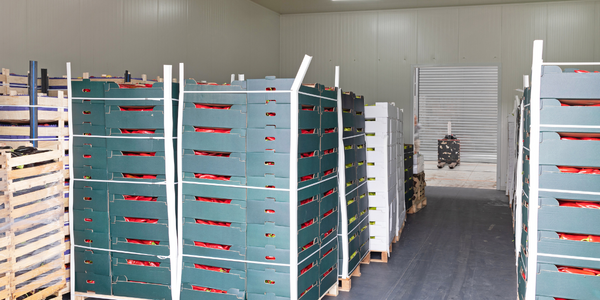
Case Study
Temperature Monitoring for Restaurant Food Storage
When it came to implementing a solution, Mr. Nesbitt had an idea of what functionality that he wanted. Although not mandated by Health Canada, Mr. Nesbitt wanted to ensure quality control issues met the highest possible standards as part of his commitment to top-of-class food services. This wish list included an easy-to use temperature-monitoring system that could provide a visible display of the temperatures of all of his refrigerators and freezers, including historical information so that he could review the performance of his equipment. It also had to provide alert notification (but email alerts and SMS text message alerts) to alert key staff in the event that a cooling system was exceeding pre-set warning limits.
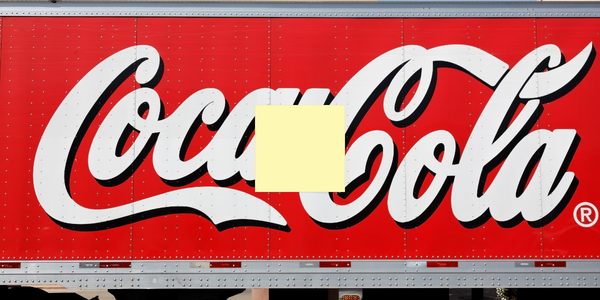
Case Study
Coca-Cola Refreshments, U.S.
Coca-Cola Refreshments owns and manages Coca-Cola branded refrigerators in retail establishments. Legacy systems were used to locate equipment information by logging onto multiple servers which took up to 8 hours to update information on 30-40 units. The company had no overall visibility into equipment status or maintenance history.




